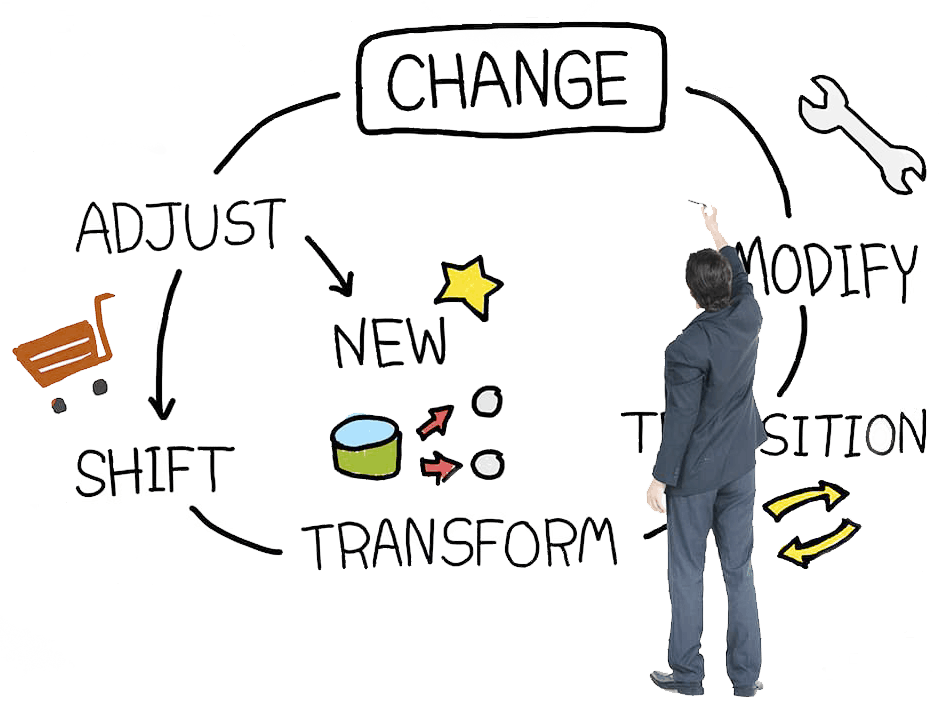Coaching in Leadership
Author: Darren Tang (Managing Consultant)
What is leadership?
According to the dictionary, leadership is the action of leading a group of people or an organization, or the ability to do this. What are the abilities required to do so? Leadership is not about seniority, positions, hierarchy or the title one has in the organization. Leadership is not about command and control, not about giving instructions.
“As we look ahead into the next century, leaders will be those who empower others” – Bill Gates
Leadership is about the ability to empower, influence, motivate, and enable others to contribute toward organizational success, achieving goals. Many leaders handle daily operations to the extent that they do not have time to focus on business, team growth and achieving goals. They handle daily operations and resolving problems of the team members without developing and empowering the team. This would not help to develop of a high performing team. How to build a high performing team? Try incorporating coaching to lead.

Why use coaching to lead?
Coaching is not teaching, training nor advice giving. Coaching is about facilitating through questioning, giving feedback, and operating as an expert in process or structure about how we run our own brains for more effective performances. Coaching would help to facilitate potential skills, powers, visions and values to achieve goals. It helps to get people to perform at their best and actualizing their potentials, towards a sustainable performance.
Therefore, when leaders apply coaching, it would help to develop a high performing team within the organization. Coaching enables the leaders’ communication, motivation and self-actualization needed to engage in the act of leading and managing their people to their fullest potentials.
One excellent coaching method to achieve this would be the Facilitation Model, to bring out team members’ inner resources, facilitate challenge so the team members feel stretched to do and be all that they can do and be.
How to facilitate? Leaders may refer to the guide below to begin facilitation:
- Set a goal (example achieving KPI, resolving conflict, gaining competency) with the team members. Establish precise goal descriptions to open up understanding and clarity. Know the why behind this goal.
- Explore what has already been attempted before.
- Identify and eliminate any interferences, stumbling blocks and challenges.
- Find and expand team members’ limitation.
- Specify steps required to achieve the goal. Use transition words to allow team members to smoothly transit from one step to the other.
- Invite team members to experience their states (mind, body emotion), frames, ideas and transfer them into their neurology and physiology.
- Invite team members to stretch to the next level of development.
- Re-examine the choices and decisions. Is it compelling and desirable? Are the team members committed to achieve the goal?
In order to facilitate successfully, leaders would need to master 7 core coaching skills. These 7 core coaching skills are:
- Listening
Communication begins with active and highly attentive listening that listens deep into the structures behind the content. Do not jump to conclusion. Do not judge. Listen carefully to understand the team members deeply and to get the heart of the issue.
- Supporting
Build a good rapport with the team members. Provide a safe environment where the team members feel understood, appreciated and valued. When leaders are able to do this, the team members would feel safe to explore the heart of the issue, be challenged, stretch, receive feedback, change and transform.
- Questioning
Coaching is all about questioning. With powerful questions, leaders can direct the brain, activate the mind-body-emotion system, influence a solution focus attitude, build new resources, and invite team members to experience a transformation within themselves.
- Meta-questioning
The higher level of questioning, the questions about the team members’ states, thoughts, feelings, beliefs, understanding and so on. These questions take the team members inside of their thinking and feeling behind the primary experiences.
- State Management
Manage both leaders and team members’ state of mind, body and emotion. Help team members to experience what they are thinking about. Use questions, make suggestions, use stories, language to evoke team members to experience what they are referring to.
- Giving Feedback
Team members would need good, accurate, useful, sensory-based, and reflective feedback to assist them to grow. A person can only change and make corrections when they know specifically what to change in order to achieve the goal.
- Receiving Feedback
Receive feedback professionally to shape our skills into expertise. Take feedback objectively when someone points out our mistake, error, incompetence etc. Be calm and curious so that we can receive information that could improve ourselves to achieve the goal.
Start using the guide and core coaching skills to lead your team. Witness the change to higher performance in the organization.
Reference:
1) Coaching Mastery, Dr L. Michael Hall, Ph.D













